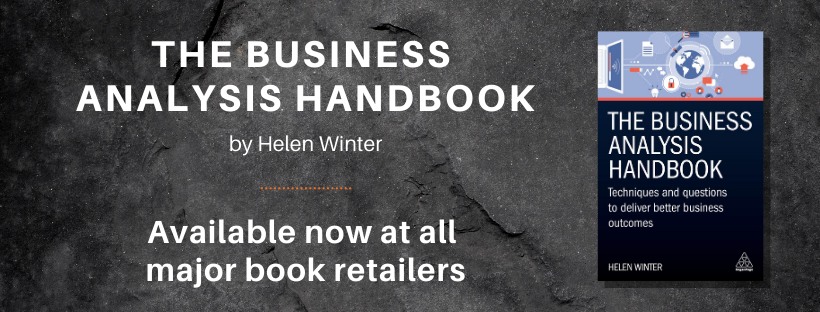
Introduction
When interacting with lots of different stakeholders there will be a high chance that at some point you will need to manage conflict either between other stakeholders or between another stakeholder(s) and you. How you handle this will have an impact on the success of what you achieve on the project and your wellbeing.
Perspectives and gaps in knowledge
The most important thing to remember is that in general people will want the same outcome as yourself. However, they may have different perspectives on how it is achieved. It is therefore important to spend some time understanding what their perspective is and their concerns. The reason for different perspectives is often related to different experiences and knowledge. This can work both ways, so it is important to create a method to educate each other. For example, it is much easier to empathise or influence if you know what knowledge the person has that is causing a conflict. It may also lead you to changing your approach if they know things that you would do different if you knew about it.
Conflict handling in meetings
Stakeholders may often feel frustrated if they feel their concerns are not being taken into consideration. They need to feel heard. This can escalate if not handled properly as they will feel more frustrated. It can be very challenging if this happens in a meeting that threatens to derail what you wanted to achieve from it. There are techniques you can use to handle this. In a meeting scenario you can protect yourself by setting out a clear agenda in advance with time allocated slots. This then gives you the opportunity to say we’ll take this offline as this is a different meeting, we need to stick to the agenda. You can use a technique called a carpark where you write down the points to be addressed separately to give the stakeholder comfort that it will be picked up and not forgotten. There is only one occasion I can recall where I couldn’t get this to work and the person was more disruptive. If this happens then call for a 5-minute break to reconvene to give you and the person a chance to have a separate chat. In this instance I recall the person thought they were being helpful and didn’t realise. If you can realise in advance someone who might cause a conflict in a meeting then chatting to them beforehand on the purpose and structure of the meeting will be worthwhile.
You must ensure you do pick up the concerns separately with them if do agree to defer them in the meeting. If they feel that you understand why they’re frustrated that can make quite a big difference to them. If they feel you’ve taken on board their concerns it might open them up to make it easier for them to listen to yours as well.
Bullying type stakeholders
No matter what the behaviour, the perspectives and knowledge gaps section is applicable. It is important to stay calm, professional and confident. If they sense that you are intimidated, then they will be even harder to deal with. If there are other people in your team check that morale isn’t impacted and provide support to any that might be to keep up their confidence. You might be able to contribute to a safer working environment for others in your team by being a sounding board and helping them keep perspective. It might be possible to educate the person exhibiting bullying behaviour to change their forcefulness into someone that can use it for greater good to help get you information you need or additional resource. They might also not realise the impact they have by using such behaviour. If this is the case having a chat with this person and explaining how they are coming across could be a resolution. If they think they must act like that to get their own way then consciously reward them when they show good behaviours rather than bad. It’s not possible to know what is going on in someone else’s life and they could be letting out their frustrations on problems they are having outside of the workplace.
Conflict between stakeholders
When there is conflict between stakeholders it is important to prompt discussion between them and not end up caught in the middle as a messenger. A useful technique if you need an agreement between 2 or more conflicting stakeholders is to write out both views in advance and organise a meeting with both parties to discuss. The reason for this is they might not realise there is a conflict and tell you it is resolved when they haven’t. Going through with each party how each of their views is different will then enable a more constructive discussion on how to move forward.
Thoughts? Questions? Please share in the comments.
If you have found this article useful then you might like my book – The Business Analysis Handbook – Techniques and Questions for better Business Outcomes. The book is available from www.koganpage.com and all major print and e-book retailers.


Hi there Helen, this was a very useful article. Thank you.